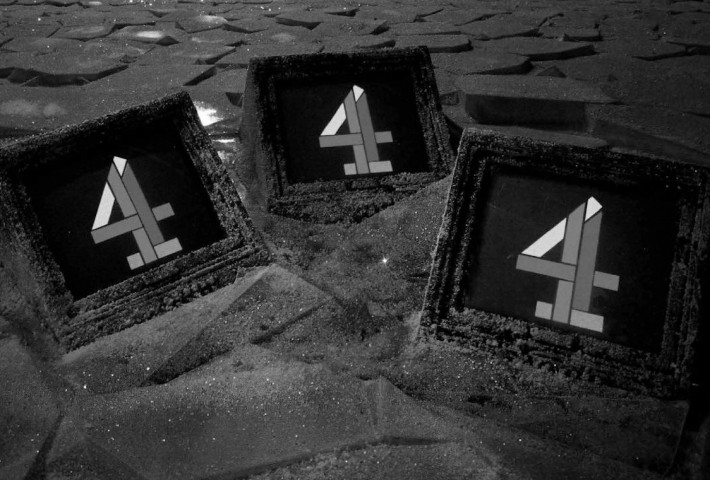Channel 4 Press Packs 1982-2002
Context in Practice
Our policy with the rest of the microsite was to provide guidance and advice but to maintain a hands-off approach. So it was the responsibility of the research team to develop the site plan and once we had inserted the structure, to populate it with content. In order to facilitate this we decided to relinquish control, give them full editing rights and let them loose! Again the lesson we learnt here was assumption, we thought creating pages and editing within WordPress would be easy for them to pick up. Most of us working within a digital environment are used to diving in and working things out for ourselves. We simply did not appreciate what a huge learning curve this represented both in terms of basic skills and understanding. Naturally the team wrote their articles and research case studies on using the packs and pasted them into the site. When we first looked at the elements there was one block of text after another filling the entire screen. So again, we had to take a step back and think about what we knew, that people interact with the screen in a visual way and text should be presented within a visual hierarchy. Paragraphs should be broken down into smaller chunks, images and block quotes inserted, anything that makes it easier on the eye. Writing within an online environment is a very different proposition to publishing in print.

We are hoping to make this an easier transition for future partners by producing a basic editing WordPress handbook together with some tips about writing for the screen. The research team to their credit have absorbed all these new ideas and put them in practice, as can be seen with Ieuan Franklin’s brief history of TV Listings and Justin Smith’s piece on Channel 4’s experiment with The Red Triangle. The design of the site however, remained in our hands and some of the content such as Laura Mayne’s Film on Four timeline challenged us to come up with an interesting and effective form of presentation. The result was so clear and effective that I completely revised my Digital Journey piece so that I could use it.
The other major change in work practice from a BUFVC viewpoint was working closely alongside one of the PhD students, Rachael Keene, with the idea of exploring how research questions might alter, and possibly change altogether, as interaction with a primary source collection changed from an analogue to digital format. Although we tried to structure this, it was by nature quite an organic process that had at its heart an increasing awareness of the difference in approach as ‘digital’ knowledge accumulated and the thesis itself became more defined. The fact that Rachael had spent time researching the hard copy collection before it was scanned was invaluable when we were discussing how we could help the user to understand what a press pack was made up of. Her working knowledge of the originals helped her to ‘fill-in’ the gaps for the online user by creating the Structure of a Press Pack section. She was responsible for selecting all the representative section pages and writing the glossary notes for each one and also provided the History of the Channel 4 Press Information Packs.
 Learning on Screen
Learning on Screen